The Beauty of Susanna is an artwork realized in 1965. It is part of Biblia Sacra vulgatæ editionis published by Rizzoli-Mediolani between 1967 and 1969. Color lithograph on heavy rag paper. Signed and dated on plate on the lower right margin. 49 x 35 cm Perfect conditions. Prov. Private Collection, Genova. The artwork represents a nude female figure: a beautiful modest woman named Susanna. On the right side of the background, there are two men who are challenging her chastity by looking at her as she is about to take her morning bath. The female figure could also be Dalí's wife, Gala, the most important woman of the artist's life, who became his wife and his favorite inspiring muse. The lithograph is part of the imponent work Biblia Sacra vulgatæ editionis published by Rizzoli-Mediolani between 1967 and 1969. It was illustrated by Salvador Dalí with a suite of 105 colored lithographs after water-color artworks. The paper sheets are signed and dated on plate, and each of them comes with a Japanese paper tissue with a printed biblical quotation. In 1963, Biblia Sacra was commissioned by Giuseppe Albaretto, a very pious man, who was one of Dalí’s closest friends and patrons between the 1950s and the 1960s. Giuseppe Albaretto and his wife Mara commissioned several of Dalí's works, and became important publishers of his etchings and lithographs, including the Biblia Sacra. Through these commissions, Albaretto hoped that Dalí would reconcile with religion. The friendship between the Albarettos and Salvador Dalì provided the art world with some of the most spectacular Surrealist artworks. These works are a few of the most desirable graphic works ever created by the artist. In the preface of the work, the publisher asserts that the lithographs “configure, in both a universal and a personal way, the dynamic vision that characterizes the relationship between men and God”. Salvador Dalí (Figueres, 1904 – Figueres, 1989) is considered one of the most versatile and prolific artists of the XX century and the founding father of Surrealism. In the course of his long career, he successfully experimented with sculpture, fashion, writing, and filmmaking. In his early use of organic morphology, his work bears the stamp of Pablo Picasso and Joan Miró. His work is also characterized by a fascination with classical art, manifested in the realistic style and religious symbolism of his latest works. Dalí was born near Barcelona to a middle class family. He soon demonstrated an interest in art, and, at the age of 18, he attended the Special Painting, Sculpture and Engraving School of San Fernando in Madrid. His eccentricity was notorious, and at first even more famous than his works. When he traveled to Paris, he met Pablo Picasso in his studio and took inspiration from Cubism. In 1928, he collaborated with Buñuel on Un Chien Andalou , which eventually became a manifest of Surrealism. Surrealists considered recruiting Dalí into their circle. In the next years, Dalí’s paintings illustrated his theories about paranoia. He painted bodies, corps, objects that reflected sexuality, anxiety and fear. In the 1950s, Dalí’s paintings focused on religious themes reflecting his interest in the supernatural. During that period, he stayed at the St. Regis hotel, where he met Andy Warhol, another eccentric personality that was considered a modern influence for the setting Dalí produced earlier. Dalí epitomizes the idea that life is the greatest form of art; André Breton said about him: “It is with Dalí that, for the very first time, the windows of the mind are wide open”.
La Belleza de Susana es una obra de arte realizada en 1965. Forma parte de la Biblia Sacra vulgatæ editionis publicada por Rizzoli-Mediolani entre 1967 y 1969. Litografía en color sobre papel de trapo grueso. Firmada y fechada sobre plancha en el margen inferior derecho. 49 x 35 cm Perfecto estado. Prov. Colección privada, Génova. La obra representa una figura femenina desnuda: una bella y modesta mujer llamada Susanna. A la derecha del fondo, dos hombres desafían su castidad mirándola mientras se dispone a tomar su baño matutino. La figura femenina podría ser también la esposa de Dalí, Gala, la mujer más importante de la vida del artista, que se convirtió en su esposa y su musa inspiradora favorita. La litografía forma parte de la imponente obra Biblia Sacra vulgatæ editionis publicada por Rizzoli-Mediolani entre 1967 y 1969. Fue ilustrada por Salvador Dalí con un conjunto de 105 litografías coloreadas a partir de acuarelas. Las hojas de papel están firmadas y fechadas en la plancha, y cada una de ellas va acompañada de un pañuelo de papel japonés con una cita bíblica impresa. En 1963, Biblia Sacra fue encargada por Giuseppe Albaretto, un hombre muy piadoso, que fue uno de los amigos y mecenas más cercanos de Dalí entre los años cincuenta y sesenta. Giuseppe Albaretto y su esposa Mara encargaron varias obras de Dalí y se convirtieron en importantes editores de sus grabados y litografías, incluida la Biblia Sacra. Con estos encargos, Albaretto esperaba que Dalí se reconciliara con la religión. La amistad entre los Albaretto y Salvador Dalí proporcionó al mundo del arte algunas de las obras surrealistas más espectaculares. Estas obras son algunas de las obras gráficas más deseadas jamás creadas por el artista. En el prefacio de la obra, el editor afirma que las litografías "configuran, de manera a la vez universal y personal, la visión dinámica que caracteriza la relación entre los hombres y Dios". Salvador Dalí (Figueres, 1904 - Figueres, 1989) está considerado uno de los artistas más versátiles y prolíficos del siglo XX y el padre fundador del surrealismo. A lo largo de su dilatada carrera experimentó con éxito con la escultura, la moda, la escritura y el cine. En su uso temprano de la morfología orgánica, su obra lleva el sello de Pablo Picasso y Joan Miró. Su obra también se caracteriza por una fascinación por el arte clásico, que se manifiesta en el estilo realista y el simbolismo religioso de sus últimas obras. Dalí nació cerca de Barcelona en el seno de una familia de clase media. Pronto demostró interés por el arte y, a los 18 años, asistió a la Escuela Especial de Pintura, Escultura y Grabado de San Fernando de Madrid. Su excentricidad era notoria, y al principio incluso más famosa que sus obras. Cuando viajó a París, conoció a Pablo Picasso en su estudio y se inspiró en el cubismo. En 1928, colaboró con Buñuel en Un Chien Andalou , que acabó convirtiéndose en un manifiesto del surrealismo. Los surrealistas consideraron la posibilidad de reclutar a Dalí en su círculo. En los años siguientes, los cuadros de Dalí ilustraron sus teorías sobre la paranoia. Pintó cuerpos, cuerpos, objetos que reflejaban la sexualidad, la ansiedad y el miedo. En la década de 1950, los cuadros de Dalí se centran en temas religiosos que reflejan su interés por lo sobrenatural. Durante ese periodo, se alojó en el hotel St. Regis, donde conoció a Andy Warhol, otra personalidad excéntrica que se consideró una influencia moderna para la ambientación que Dalí realizó anteriormente. Dalí personifica la idea de que la vida es la mayor forma de arte; André Breton dijo de él: "Es con Dalí cuando, por primera vez, las ventanas de la mente se abren de par en par".


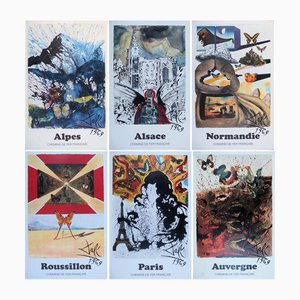
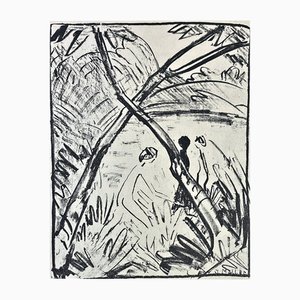
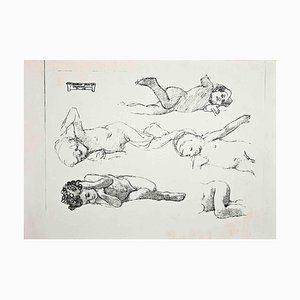
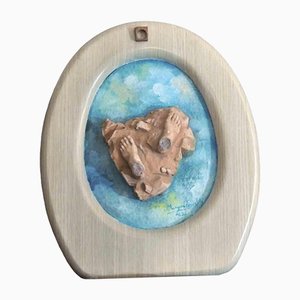



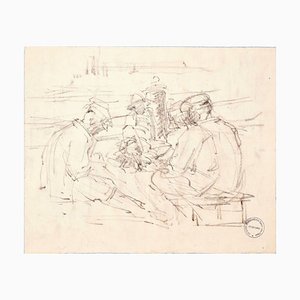
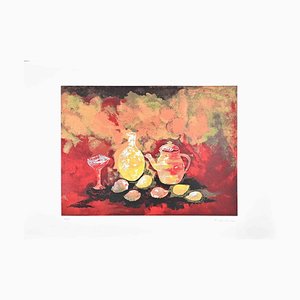

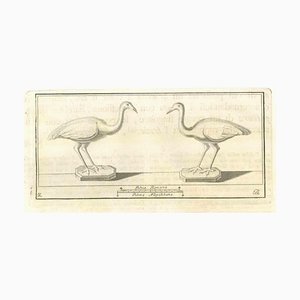
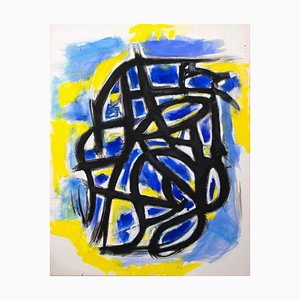
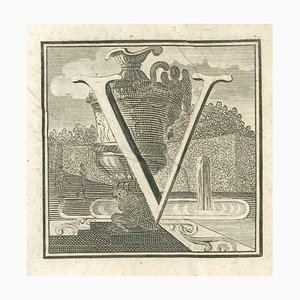
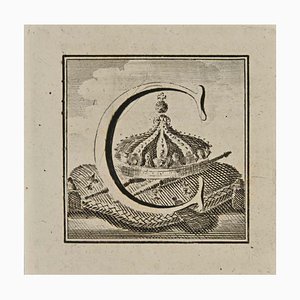
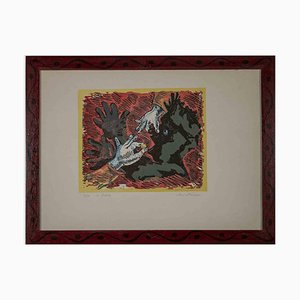

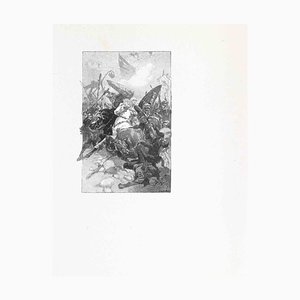
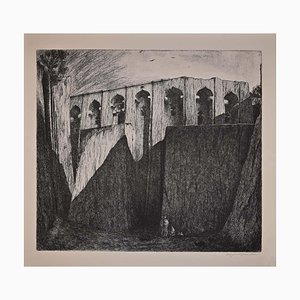
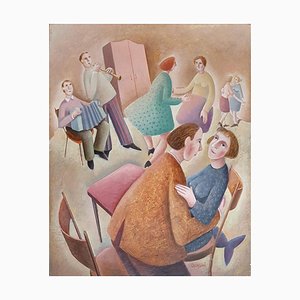
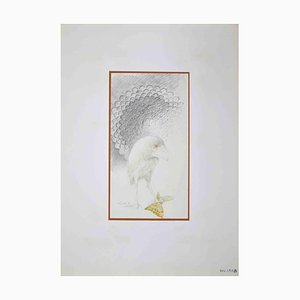

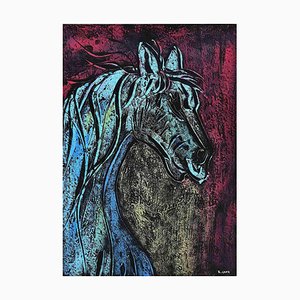
Contacta con nosotros
Haz una oferta
¡Hemos notado que eres nuevo en Pamono!
Por favor, acepta los Términos y condiciones y nuestra Política de privacidad
Contacta con nosotros
Haz una oferta
¡Ya casi está!
Para seguir la conversación en la plataforma, por favor completa el registro. Para proceder con tu oferta en la plataforma, por favor completa el registro.Exitoso
Gracias por tu consulta, alguien de nuestro equipo se pondrá en contacto contigo en breve.
Si eres profesional del diseño, por favor solicita aquí los beneficios del Programa comercial de Pamono